meta data for this page
The "GROT" - A new rotation file format for GPlates
I had written earlier about the new file format (“GROT” - pronounced g-rot) for GPlates rotation files. After probably 3 decades of plain text rotation files with freeform comments, things like direct links to DOIs and bibliographies, structured document metadata and the option to include Hellinger style rotation statistics in the rotation files finally arrive in the plate tectonic reconstruction world 2.0. The technical details of the new format are described in a supplementary PDF to the GPGIM Paper by Michael Chin. Now, the next release of GPlates will be able to read and write those files natively, below are a few screenshots (the release of GPlates v1.3 is pending). But first - what is metadata and why could it potentially be useful in the context of plate tectonic rotation models? Here's a little description from the Dublin Core website:
The word “metadata” means “data about data”. Metadata articulates a context for objects of interest – “resources” such as MP3 files, library books, or satellite images – in the form of “resource descriptions”. As a tradition, resource description dates back to the earliest archives and library catalogs. The modern “metadata” field that gave rise to Dublin Core and other recent standards emerged with the Web revolution of the mid-1990s.
Now, such information is important when it comes to the 'semantic web' and having machines to process such files - something Matt Hall from Agile recently commented on “Machines can read, too”). This means there is information about the author, access rights, description of the content and coverage (spatial and temporal) and contributors (where there is no publication for a rotation sequence yet), plus some info on how to programmatically process the data, encoded. The GROT format is naturally not as engineered as GPlates' GPML files or GeoSciML, but I think it strikes a good balance between easy enough to edit by hand in a text editor while maintaining some structure in order to automatically process the file content.
Here's a little talk through the new features of the GROT files - nothing seems to have changed in the Total Reconstruction Sequence View in GPlates apart from an additional 'Show metadata' button at the right hand side of the window (the column names you see in the window are from an earlier development version and will not show up in the pending release version):
Now, if the individual sequences are expanded, the metadata is revealed and the individual columns populated:
That little “Show metadata” can be used at various locations, depending where you have focused the view. Here we click on a single pole:
Now, note the structured fields in the right window - Here the user can specify geological timescales used for the rotation sequences, magnetic anomaly chron IDs, the reference(links to a local BibTeX database/ and DOI of the publication. In addition author names (AU), modification time (T) and plate pair (PP) can be added as valuable comments. In future incarnations there will hopefully be a hyperlink so that one can just click on the DOI in GPlates and get automagically taken to the publication.
There is one other interesting part to the GROT format, namely the file metadata - this is a whole chunk of structured text at the top of the file (similar to what one uses in LaTeX or in a well-written script header). This metadata encapsules global information for the GROT file which GPlates can understand, namely:
- The GROT version (for future-proofing updates to the format)
- a Dublin Core metadata section as discussed above
- Data relevant for the revision history of a rotation file
- Data to connect the rotation file with a bibliographic database
- Information about the geological time scales used to convert magnetic anomaly chrons and stratigraphic ranges to absolute ages
Here's a screenshot of the metadata from the GROT file header:
Now a closer look at the contributors:
Now that all sounds probably quite complicated, but here's a raw vision of how this looks like in a text editor with syntax coloring (using TextMate and my GROT bundle, see also this post here):
With the new GROT file format, the possibility also now exists to link certain features into the rotation file. In the following screenshot, the rotation of South America (201) relative to Africa (701) is specified based on picks of magnetic anomaly chrons (@CHRONID“…”). This structured format now allows to (theoretically) extrat all magnetic picks of e.g. CHRONID=“CAn18” from a geospatial pick database with a simple where the plate id = 201 and the conjugate plate ID = 701.
So with the upcoming release of GPlates v1.3, finally structured, meta-data rich rotation files have arrived. More examples and some updated on the final release features should follow later.
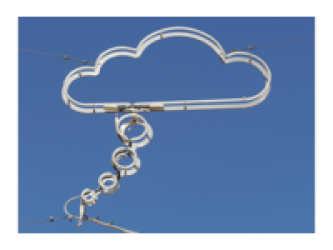

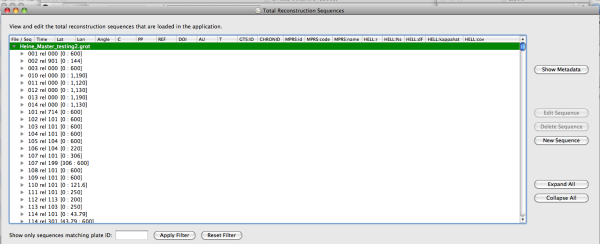
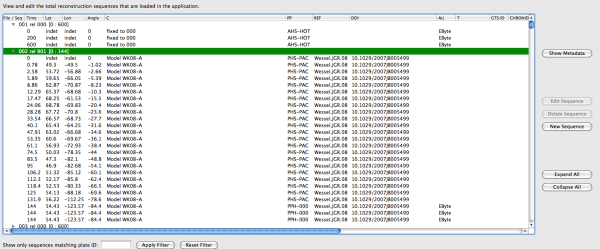
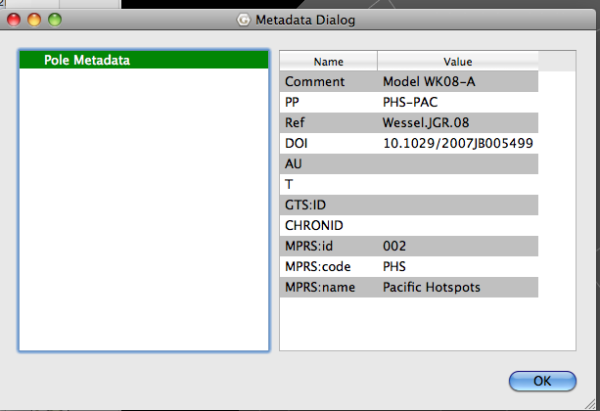


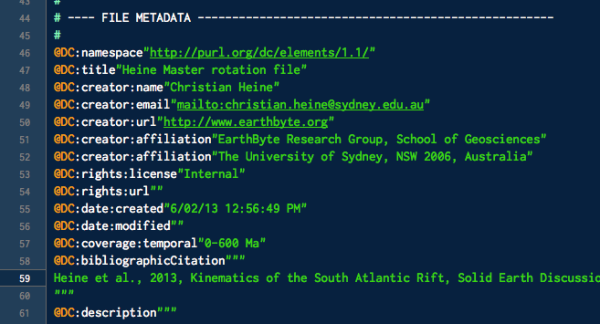


Discussion